Your shopping bag is empty
Why Are Bees Dying Globally?
- Posted by: Young Earth Sanctuary Resources Pte Ltd Admin
- Comments: 0
- Categories: News
- Tags:
- global bees dying
Entomologists are currently researching on the reasons behind the enormous bee die-off happening worldwide. Beekeepers across the United States reported to have lost 45.5% of their managed honey bee colonies. This is just from April 2020 to April 2021. This statistics is the result of the 15th annual country-wide survey by the nonprofit Bee Informed Partnership.
In this article, we will explore the reasons behind dying bee population and steps taken to prevent it.
Importance of HoneyBees
As we explore the reasons behind the dying bee population, let's explore the importance of bees in the first place.
Honeybees are super important to the environment in a number of different ways.
Let’s explore what happens when bees die in large numbers. For one, we would lose the ability to grow enough crops like coffee, avocados, lemons and oranges. Unknown to many, there is a great number of fruits and vegetables that are pollinated by honeybees.
This would make these crops incredibly expensive for most of us to consume.
According to estimation, honeybees are worth more than $18 billion to the U.S. economy every single year primarily because of their pollination services. With bees dying in large numbers, this would have a serious results.

How Bee Population Sustain Itself and Reproduce
Honeybees visit lots of flowers. After they drink the nectar from these flowers, the honeybees brings it back to the colony. Upon reaching their colony, they regurgitate the nectar into the cells (commonly known as honeycombs).
After which, they dehydrate it and turn it into honey that is taken by themselves and even humans. The bees also collect pollen from these flowers, and all that pollen is used as a source of protein to then rear their offspring.
Reasons for Bees Dying
There is recent progress on the research of bees dying. Most recent evidence points to a combination of factors as the culprit. For example, the USDA highlighted the factors such as
- Parasites and Pathogens,
- Diseases,
- Poor Nutrition, and
- Sublethal Exposure to Pesticides

Parasites and Pathogens
Insects face a large diversity of parasites and pathogens, including viruses, bacteria, protozoans, mites, fungi, nematodes and parasitoids (Schmid-Hempel, 1998). Therefore, these biological antagonists can have a wide diversity of effects on insect physiology, such as pathological lesions, changes in metabolism, homeostasis (e.g. thermoregulation) and physiological functions (e.g. antioxidant activity), as well as challenges to the immune system and alterations of fundamental molecular pathways (e.g. cellular apoptosis) (Beckage et al., 1993; Schmid-Hempel, 2011).
In recent years, there has been growing evidence that parasites and pathogens also affect the behaviour of insects, either through a negative impact on their neural system and cognitive abilities (Gegear et al., 2006; Iqbal & Mueller, 2007), or as a response to reduce further risks of contamination (Cremer & Sixt, 2009).
According to current scientific research, the parasites, and the diseases they carry, are the main threat to the lives of honey bees. These cause bees to be dying in large numbers.
The most dangerous parasite threatening beehives currently is a mite with a descriptive name: Varroa destructor. Commonly known as Varroa mites, these parasites often infect bees before they can even emerge as adults.
Their parasitic relationship with the bees is similar to that of ticks and mammals; the main issue lies in the diseases the mites carry, such as Deformed Wing Virus.
When a hive is already weakened, a Varroa mite infestation can wipe it out. In addition, other parasites involved in collapsing hives include the small hive beetle, Aethina tumida; and Nosema spp., a microsporidian gut parasite.

Diseases
Weakened immune systems leave hives susceptible to bacterial and viral diseases as well. Also, two of the most well known diseases to infect bees are American Foulbrood and Deformed Wing Virus.
American Foulbrood affects larvae less than a day old, preventing them from surviving until adulthood, while Deformed Wing Virus is transmitted through Varroa mites and prevents the bees from being able to fly.
Bees Dying due to Poor Nutrition
Monoculture farming practices are making it more challenging for the bees to forage a well-balanced diet. This is when only one crop is grown on a piece of land, and it limits the bees’ diet to one type of pollen for extended periods of time.
Imagine if a human was limited to eating only strawberries for three months— it would not be very healthy! Hence, these malnourished bees are more susceptible to chemical pesticides, parasites, and pathogens, as their immune systems aren't as strong.
Therefore, they need the full complement of nutrition in order to be healthy.
Bees Dying due to Sublethal Exposure to Pesticides
Pesticides are also a factor to honey bees’ dying.
Scientists are continuing to research the effects different types of pesticides and application methods are having on the health of the bees. For example, a class of agricultural pesticides called "neonicotinoids", is one of the most researched chemical culprit. They actually cause bees to die
These chemicals are systemic, which means the plant takes them into its vascular system, and spreads it to all tissues. Hence, they are effective after only one application, and affect only invertebrates, meaning they are less susceptible to runoff, and less dangerous to humans, birds, livestock, etc. And for this reason, they're very popular.
In the ideal world, the pesticide shouldn't affect bees, who are eating the pollen and nectar, not the plant's tissue. But studies have found trace amounts of pesticide in pollen grains.
Effects of Exposure
Bees bring pollen back to their hives for food. Normally, one pollen grain with trace chemicals normally wouldn't be an issue, but scientists have found that the chemicals tend to accumulate to high levels within the beeswax.
Communication between bees is almost entirely reliant on chemical and physical signals. Consequently, the chemicals in pesticides alters their foraging behavior, their communication, and larval development.
As a result, pesticides thus lower the bees' immune systems, weakening the hive and leaving it wide open to parasitic infection.
Various Statistics (up to 2021)
- There’s a 2.96 million decline in honey bee colonies over the years in the US.
- US beekeepers lost an average of 40% of their honey bee colonies in 2018.
- Utah beekeepers lost 49.1% of their colonies over the winter of 2019.
- The EU is the second-biggest producer of honey globally.
- There are 81 million western honey bee hives globally.
- North Dakota has the highest honey production with over 38 million pounds.
- The bee population in 2019 consisted primarily of wild bees.
- Honey production in has declined by 90% in the 2019/2020 bushfire season.
- Some bee species in the UK have become entirely extinct.
- Canada’s honey production in 2018 was 15.4% higher than in 2019.

Efforts at Country Level to Prevent Bees from Dying
-
Bees for Development, United Kingdom
Bees for Development is an international organization that utilizes beekeeping as a tool to lift poverty and retain biodiversity around the world. In addition, the organisation works in over 50 countries within local communities, and implement sustainable beekeeping techniques that use only local bees and local resources. They have an open-access information portal that provides information on bees and beekeeping worldwide.
Also, it provides advice and guidance to the World Bank, the United Nations, and other international organizations.
-
BEES for the World, Germany
BEES for the World is dedicated to designing sustainable supply chains for high quality organic-certified bee products all over the world. Also, their commitment is to Biodiversity, Education, Empowerment, and Sustainability (BEES). They work primarily within African countries to support forest beekeeping.
By helping local communities in the production of high-quality beeswax and connecting them to markets, the group protects local ecosystems while fostering the creation of jobs.
-
Elephant and Bees Project, Kenya
What began as a plan to save the elephants, grew into a conservation project for elephants and bees alike. The Elephant and Bees Project uses beehive fences – a natural deterrent of elephants – to keep elephants off of farmland, reducing crop damage. Besides protecting habitats for bees, it also helps educate farmers on the relationship between bees and crop health. That helps bees from dying in large numbers.
The project supports higher bee populations and works in multiple countries throughout Africa.
-
Federation of Nepal Beekeepers, Nepal
The Federation of Nepal Beekeepers was setup in 1999 to support and empower local beekeepers throughout Nepal. This organization advocates for national policies that benefit beekeepers, their bees, and their livelihoods.
The organization also works to increase the capacity of beekeepers by training and educating farmers on the importance of bees in pollination and pasture management.
-
Honeybee Research Institute, Pakistan
The Honeybee Research Institute promotes beekeeping in Pakistan with the honeybee Apis mellifera. And while Apis mellifera honey bees were initially imported from Australia, the species has thrived in Pakistan since late 1970s. And with over 400,000 colonies present today, the bees contribute to increased honey production, income-production for rural populations, and increasing biodiversity. In fact, this is a great effort in preventing bees from dying.
The Institute provides beekeeping training courses, promotes it for income generation, and has on-going research projects.
-
Pesticide Action Network Europe, Belgium
Founded in 1987, the Pesticide Action Network (PAN Europe) is a network of consumer, public health, and environmental organizations, trades unions, women’s groups, and farmer associations from across Europe. As advocates for a pesticide-free Europe, PAN Europe works closely with government representatives to try to reduce the use of hazardous pesticides.
Through their European Citizens’ Initiative, “Save Bees and Farmers”, they are collecting signatures and calling on the European Commission to phase out synthetic pesticides in agriculture by 2035.
-
Pollinator Partnership Canada, Canada
As a leader in pollinator research and habitat improvement for over 20 years, Pollinator Partnership Canada provides and supports various projects that help protect pollinators. In addition, they offer a Pollinator Steward Certification program for land managers, communities, and organizations. Pollinator Partnership also successfully advocated for Pollinator Week- inaugurally designated June 22-28, 2020 – in Canada to raise awareness about the importance of pollinators.
-
Purple Hive Project, Australia
Australia is the only continent not yet affected by the Varroa destructor mite, but researchers fear that Australian honey bees may soon be at risk. The Purple Hive Project is on a mission to prevent this mite – which decimates colonies and spreads honey bee viruses – from impacting honey bees in Australia. Also, the Purple Hive uses Artificial Intelligence (A.I.) technology to detect the mite in real-time so that its spread can be prevented.
Their long-term goal is to create a network of hives in high-risk locations across Australia.
-
Slovenian Beekeepers Association, Slovenia
The Slovenian Beekeepers Association offers key beekeeping knowledge and support within the country. The Association advocates and raises awareness on behalf of bees and their importance in the environment, provides beekeeping camps and workshops, and publishes a monthly beekeeping magazine.
Also, they are a research institution, where they develop safe bee products and research ways to protect the Carniolan bee, a type of honey bee native to Slovenia.
-
The Bee Girl Organization, United States
Sarah “Bee Girl” Red-Laird founded The Bee Girl Organization to inspire communities to conserve bees, flowers, and food. The Bee Girl team engages communities across the globe, providing educational classes and resources for regenerative beekeeping. In 2019, Bee Girl partnered with a local vineyard to initiate a Bee Friendly Vineyards pilot program. For example they planted 1800 square feet of sunflowers on a plot of unused land to attract bees to the area.
This year, they are partnering with an additional vineyard to begin an in-depth research and habitat project.
-
The Honeybee Conservancy, United States
The Honeybee Conservancy is dedicated to protecting bees and securing food justice through education, research, habitat creation, and advocacy. Also, their flagship program, Sponsor-A-Hive, places native bee homes within urban gardens, schools, and organizations that grow produce to bolster local ecosystems. Last year they unveiled an eight-foot-tall rooftop beehive on the Empire State Building, which will house over 70,000 honey bees.
Their goal is to place one million bees to support communities of need across the U.S..
-
Under the Mango Tree, India
Under the Mango Tree has the mission to improve the livelihoods of smallholder farmers in rural India. The organization teaches farmers how to maintain bee boxes on their farms and harvest honey, and connects them to markets to sell their honey.
They specifically focus on the indigenous bee, Apis cerana indica, to increase pollination and crop yields. In addition, the organization has trained upwards of 1,000 women to be beekeepers.
-
United Nations Development Program, International
To help achieve the U.N. Sustainable Development Goals, the United Nations Development Program (UNDP) partners with local communities in multiple countries to work with smallholder beekeepers and farmers around the world.
Through training and resources they help beekeepers earn a decent living and support the health of their communities, while providing a healthy habitat for bees. With help from the UNDP, beekeepers can more easily access markets and improve their livelihoods.
-
Wheen Bee Foundation, Australia
Gretchen Wheen, a pioneer in bee research and one of Australia’s most well known beekeepers, donated her estate to establish the Wheen Bee Foundation upon her passing in 2012. The Foundation promotes awareness of the importance of bees for food security and ecosystem health. It funds research and development projects that seek to improve the health of the local bee population. This greatly helps bees from dying.
They are currently working in partnership with other organizations to save the Green Carpenter Bee on Kangaroo Island, as the island recovers from the destructive fires earlier this year.
-
World Bee Project, England
Using cloud computing technology, the World Bee Project created the world’s first globally coordinated honeybee hive monitoring initiative. This Network will provide data that can inform international actions to improve pollinator habitats, food security, and nutrition. Also with this project, developers hope to deliver findings to smallholder farmers around the world.
What Can We Do To Slow Bees Dying
Simple actions from us could really make a difference to stop bees from dying.
An acre of wildflower meadow can hold nearly three million flowers – enough to support over 96,000 pollinators per day. If everyone did a little bit to help, there would be a huge improvement in the population of pollinators.
For example, if every homeowner and business, who has space, can ensure there is a small area of wildflowers planted – the size of a picnic blanket – we could collectively support millions of pollinating insects each day!
Support the bee-keeping industry and buy their honey products from them today!


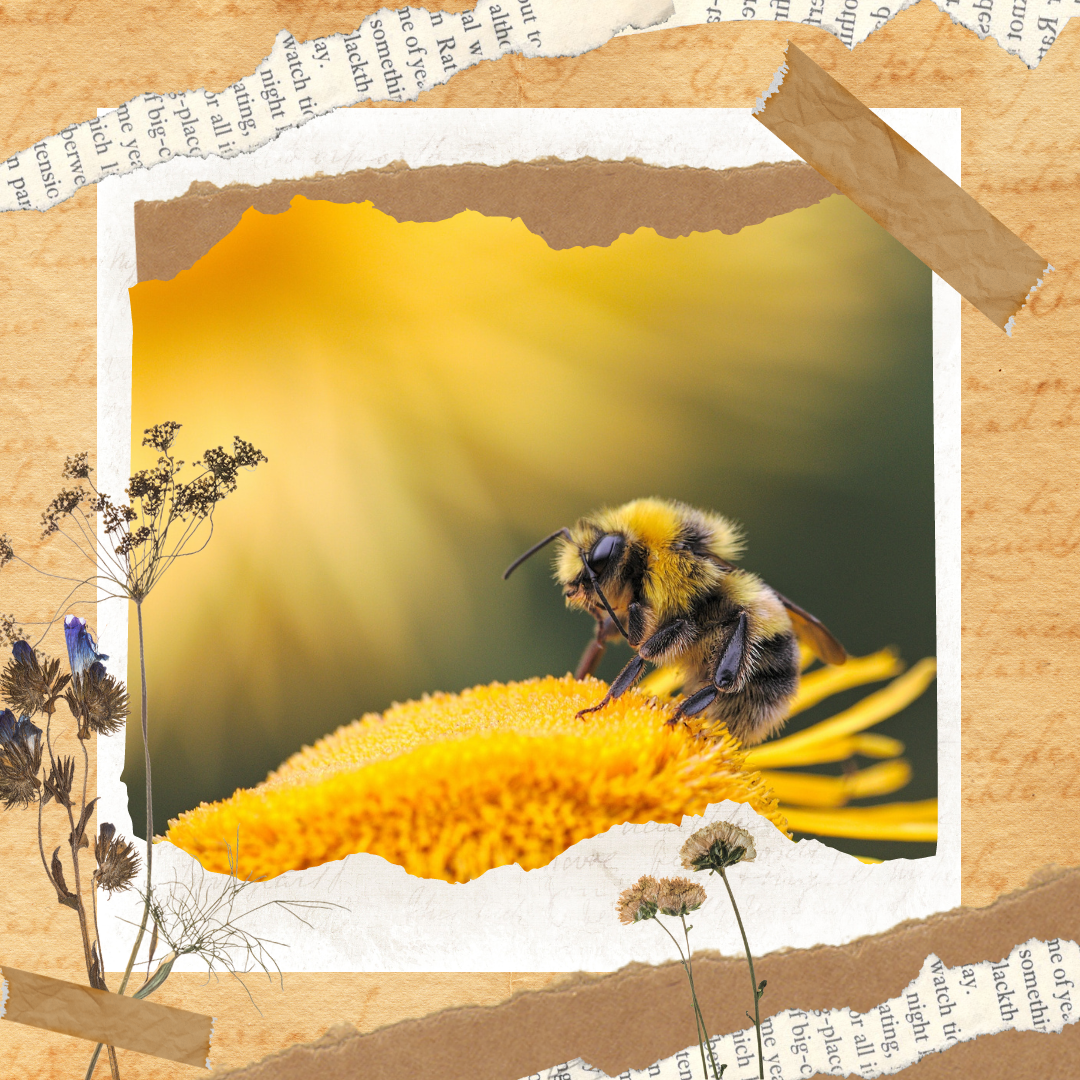


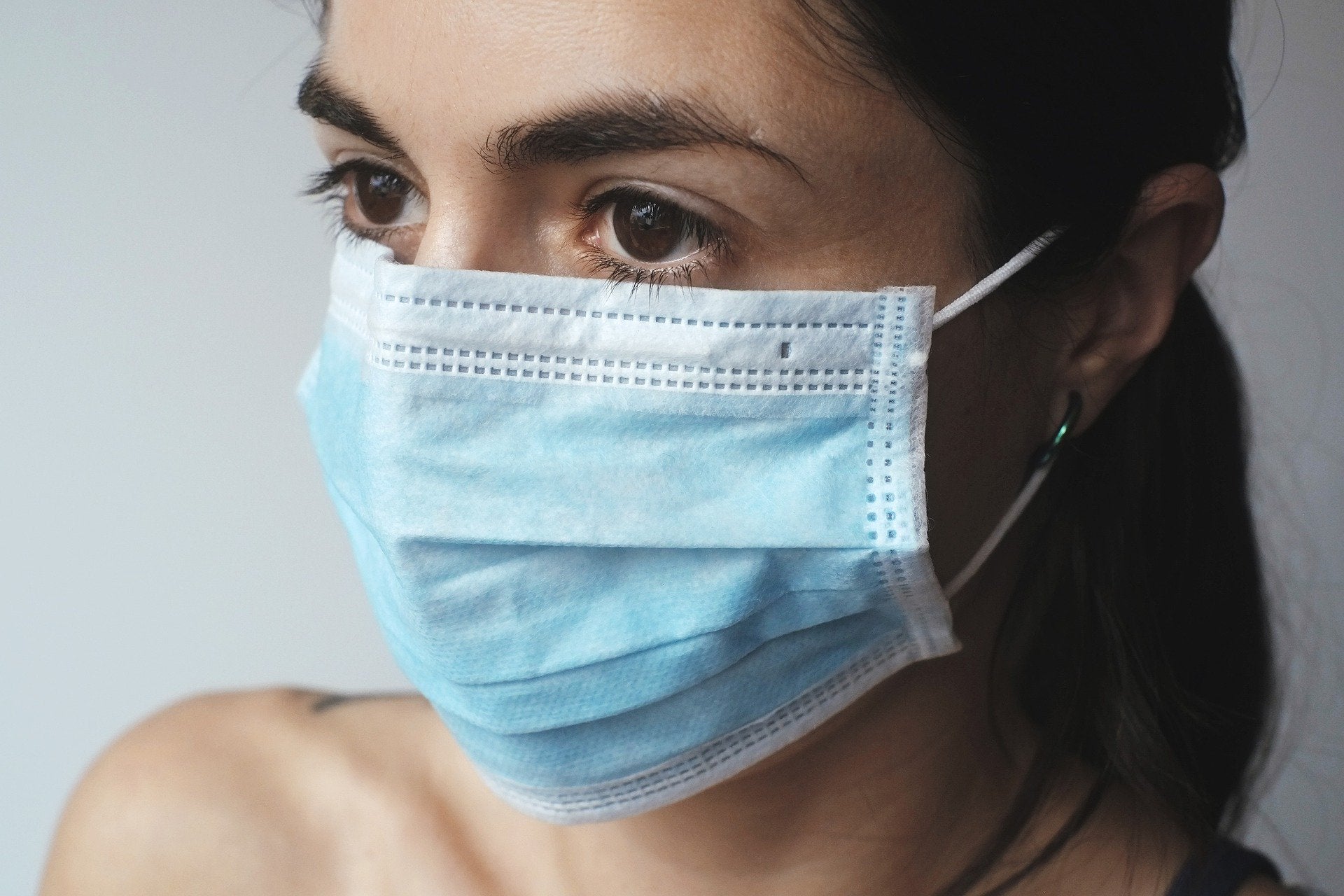




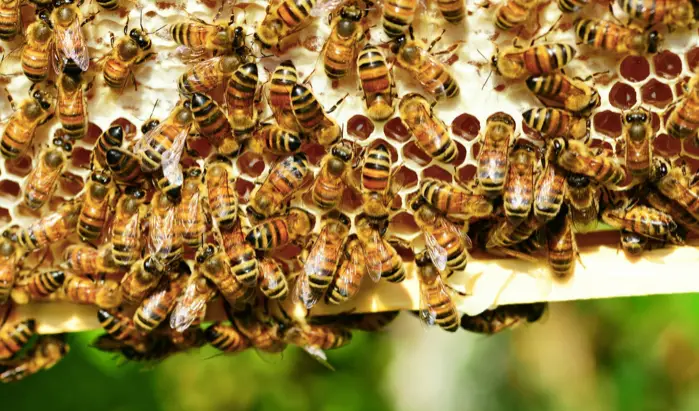
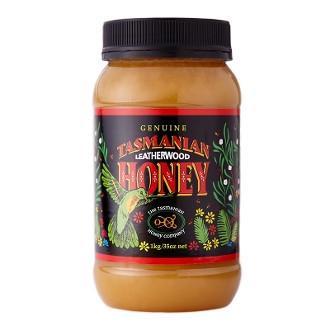
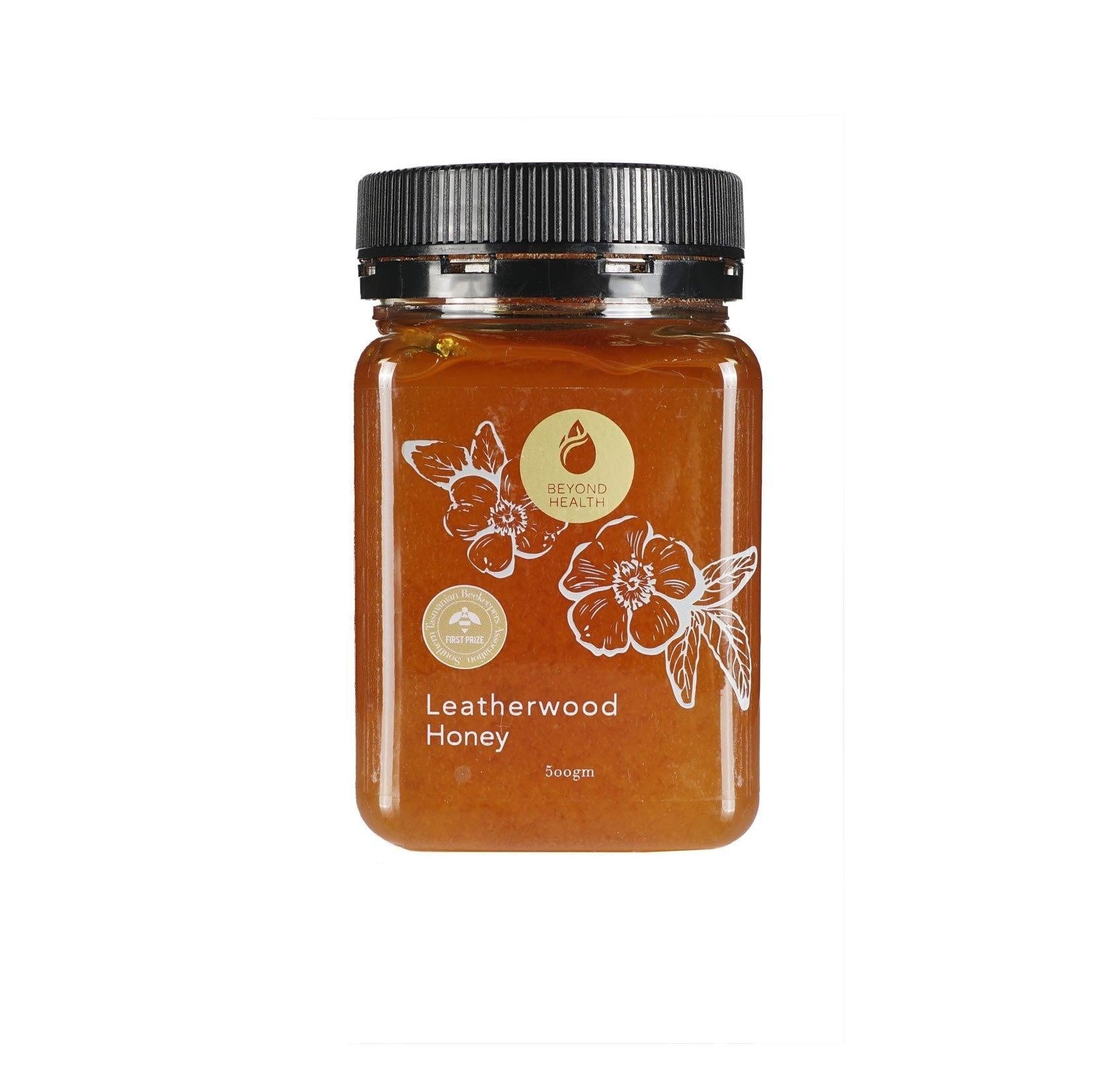
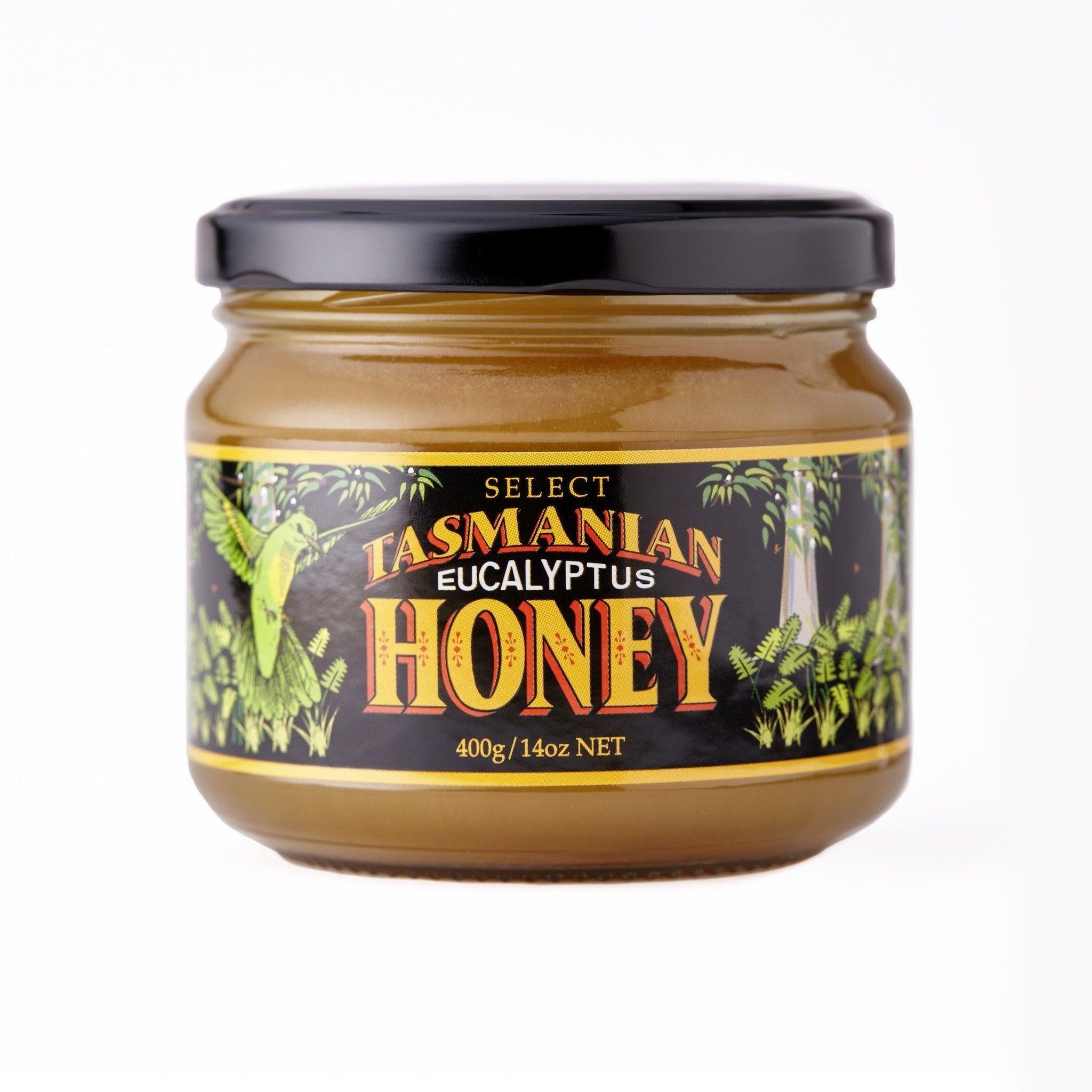


LEAVE A REPLY
Your email address will not be published. Required fields are marked *